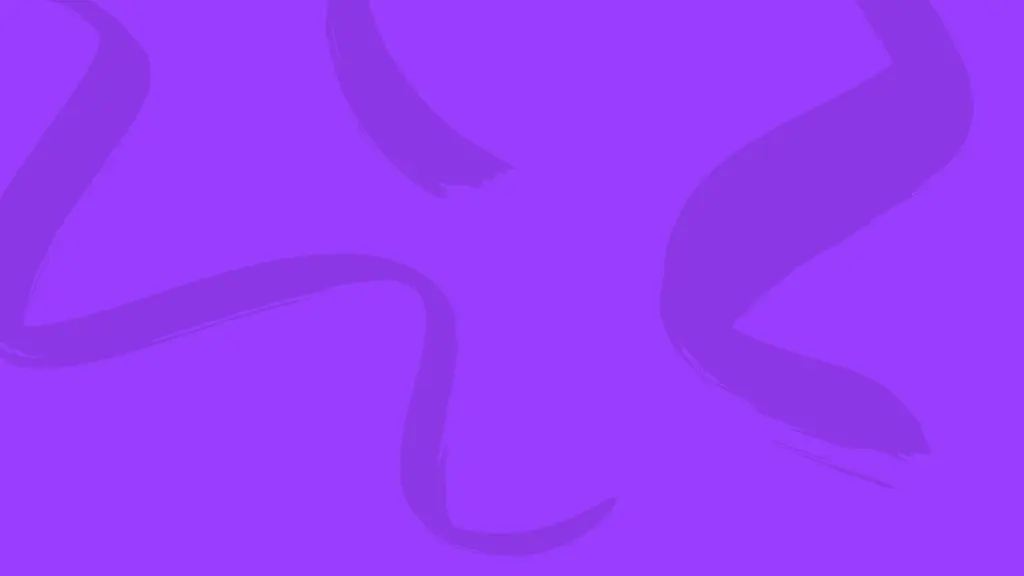Sensitive content
This site contains sensitive content that includes references to sexual violence.

Child sexual abuse is a silent epidemic that affects millions of children across the globe. 1 in 5 girls and 1 in 7 boys will experience some form of sexual violence before their 18th birthday.
Survivors are at significantly higher risk of physical and mental health challenges, with many struggling to survive beyond the age of 50 due to chronic illnesses, depression, or, tragically, suicide.
I am 51 years old, and as a child, I experienced both intra- and extra-familial sexual violence, as well as psychological and physical abuse. I endured sexual violence with and without physical contact—voyeurism, exhibitionism, and verbal sexual abuse—which are often underestimated but equally damaging. Despite displaying physical and behavioral changes, no one – not my family, my gynecologist, or my dermatologist – recognized the signs. I was told to remain silent, so I did, leading to suicidal thoughts from a very young age.
"To cope, I hid behind a smile, portraying myself as happy and overachieving. Yet, deep down, I felt like a failure—worthless and incapable."
I graduated with a telecommunications engineering degree, excelled at work, organized events, practiced yoga, moved to the Netherlands, worked as a project manager for top-tier companies, bought an apartment, and traveled the world.
At 40, I moved to New York City to pursue my dream of becoming a musical theater actress, graduated from a conservatory, and even produced a theater festival featured on TV. But no success could fill the void within me.
It wasn’t until 30 years after the abuse that I read an article that made me realize I should have been protected by my family, not silenced. That revelation triggered an out-of-body experience and hallucinations while at work. A voice said, “Today you will kill yourself.” It was loud, terrifying, and real. That moment marked the beginning of my recovery process, battling the well-documented impacts of child sexual violence: PTSD, anxiety, insomnia, low self-esteem, and persistent suicidal thoughts.
Today, as a parent educator, I hear stories from parents and caregivers that echo my own pain. One mother called me about her 17-year-old daughter, who has attempted suicide multiple times. On top of enduring abuse, her daughter is bullied at school with cruel jokes and ostracized by peers. For five years, this girl has been unable to sleep in her own bedroom, where the abuse occurred, finding solace only in the living room. Professionals have failed her—psychologists, teachers, and even the legal system. Sadly, this is not an isolated case. I receive calls like this often, and sometimes, the call comes too late.
Child sexual violence is a major public health issue—one that has devastating consequences not only for survivors but for society as a whole. The economic, emotional, and social costs are immeasurable.
What we call a "global scourge" consists of crimes committed by individuals who often look like ordinary members of society. Our discomfort with addressing child sexual abuse, our reluctance to believe it could happen in our schools, neighborhoods, or even our families, shields perpetrators and allows these crimes to continue.
We must break this silence. We must push past our discomfort to uncover the truth and take action.
According to the National Rapporteur on Trafficking in Human Beings and Sexual Violence against Children, 50% of girls and 20% of boys experience a punishable form of sexual violence before the age of 18. These numbers are shocking, but they represent only part of the reality.
Governments have a crucial role to play in addressing this issue with courage and determination. We must educate society at every level—from grassroots communities to the highest institutions—and equip professionals with the training they need to protect children and support survivors. This will not happen overnight, but it will happen when we commit to being brave every single day.
For the Brave movement, it is critical to listen to survivors' voices. Survivors and children must be at the center of these efforts.
"Policies and programs to combat child sexual violence cannot be created for survivors and children—they must be created with them."
This is why we are advocating for the establishment of national survivors’ councils in every country, modeled after the inspiring German initiative. These councils would ensure survivors' voices are heard and policies are informed by lived experience.
We must also recognize the growing threat of online child sexual violence. In 2023, more than 100 million images of child sexual abuse were reported online, and the EU hosts over 60% of this material, with the Netherlands being the largest host.
Every time these images resurface, survivors are retraumatized. It is critical to regulate the internet to protect children’s rights and prevent the circulation of abuse material.
Ending child sexual violence is not a dream. It is an achievable goal, but it requires all of us to act with urgency, determination, and collaboration. Whether we are survivors, policymakers, educators, or simply parents, we all have a role to play. Together, we can create a future where every child is safe.
